The exhibition “Back
Home, Run Away: A Sample
of Artistic Geography”, opens on June 18, 2015, is curated by one of the
participating artists Hu Xiangqian, presents the new works of four
artists from
Guangdong Province. The exhibition will continue through August 15, 2015.
With a particular
approach, “Back Home, Run Away” summarizes the life paths of these four
Guangdong artists as of date: all of whom have received their educations in
Guangzhou, thereafter, Zheng Guogu returned to his home town Yangjiang, Li
Jinghu returned to Dongguan, whereas, Song Ta stayed in Guangzhou and Hu
Xiangqian came to Beijing to further develop his career. Either returning or
leaving, “home” has become a geographical, physical, or even psychological
locale, presented as a subjective reference or has been revealed as an
objective phenomenon. It has had literal or indirect impact in the process of
their artistic practice; it may be transformed into a hometown scene projected
through the layers of the white cube exhibition space, or is echoed in the
inhibited dialect of the performer, or perhaps it is an impression, a sense, a
distinct yet formless existence, a perpetual icon moving between memories and
reality.
If we examine
further, these four “Guangdong” artists come from different hometowns, speak
different dialects, have different habits and hold irreconcilable identities,
who belong to various subcultures, although the latter may be closely related,
yet is not to be conflated. In the syntax of their artistic practice and lives,
“Guangdong” is no longer a proper noun about geography that describes or
locates, but an integrated space with transformative possibilities. Their art
is introspective, expansion, breakthrough and redefinition of this space.
Likewise, under the
external examination, “China” is often presented as a characteristically
distinct, consistent and homogenous entity, where its internal existence may
often encompass drastic geographical differences and cultural disparities.
“Contemporary Chinese Art” is not necessarily in an autonomous and unified
order, but a space of differences, antagonism, transformations, co-existence
and multilateral relations, of course, because of its internal movements, this
space is energetic. This exhibition is presented as an opportunity, by which we
hope to open up the discussion, based on observations from within and beyond,
to consider “China” as a complex, multilateral cultural entity, emphasizing on
its regional cultural differences, as well as the observations, focus and
reflection of such differences presented through contemporary art.

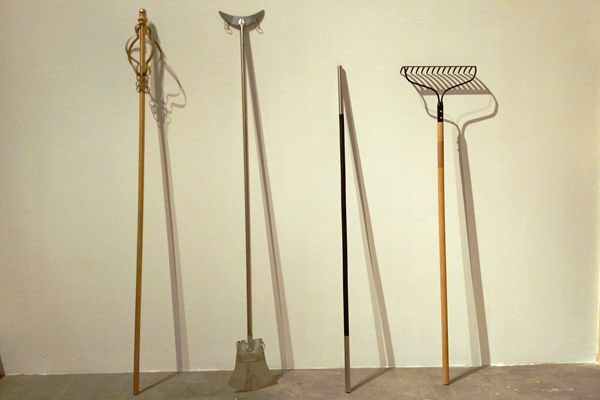 Song Ta's work - See This ? (details)
Song Ta's work - See This ? (details)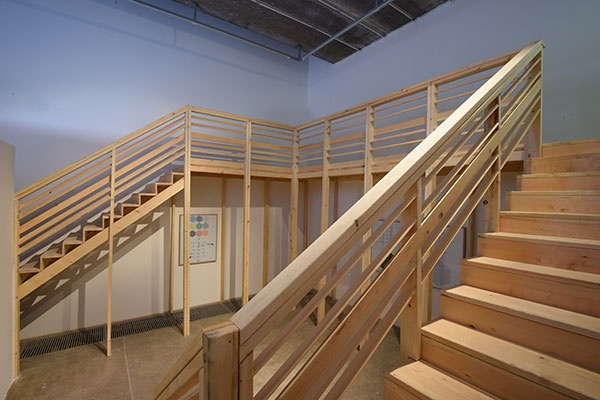 Zheng Guogu's work- The instant reaction of audience is the art inself (details)
Zheng Guogu's work- The instant reaction of audience is the art inself (details)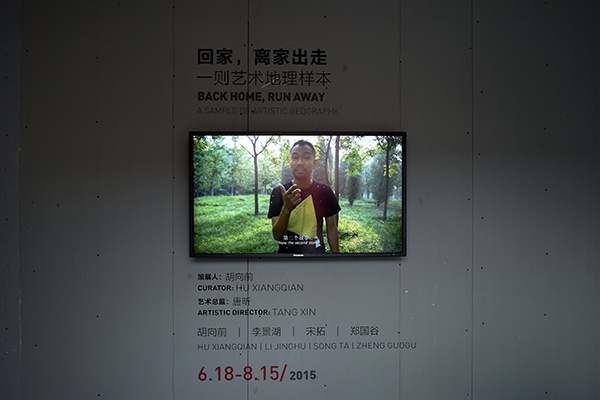 Hu Xiangqian's work - Preface
Hu Xiangqian's work - Preface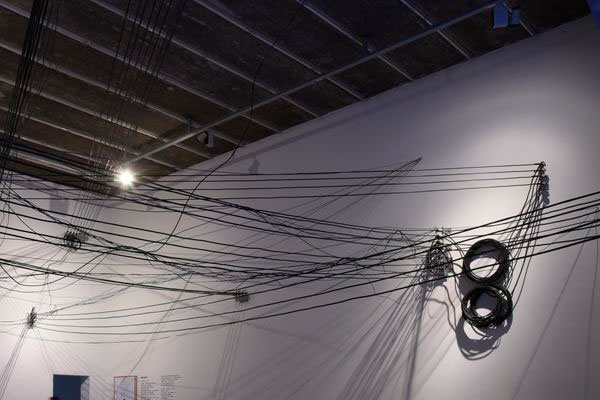 Li Jinghu's work - Destiny
Li Jinghu's work - Destiny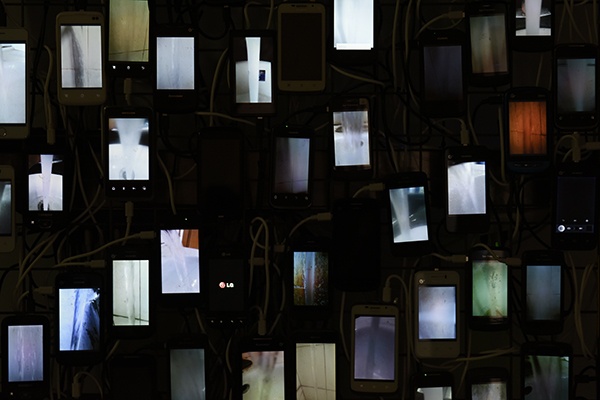 Li Jinghu's work Waterfall (Jia Sha) - Detail
Li Jinghu's work Waterfall (Jia Sha) - Detail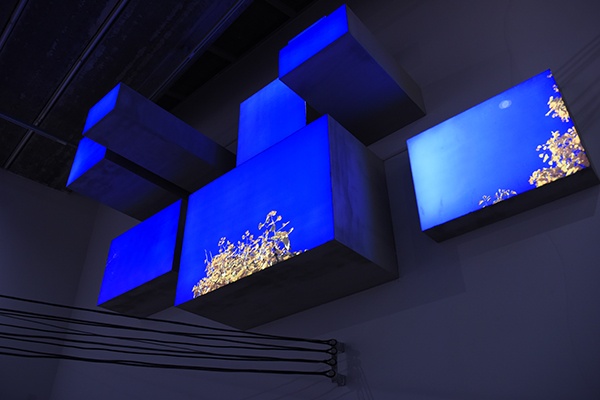 Hu Xiangqian's work - Beijing Sky
Hu Xiangqian's work - Beijing Sky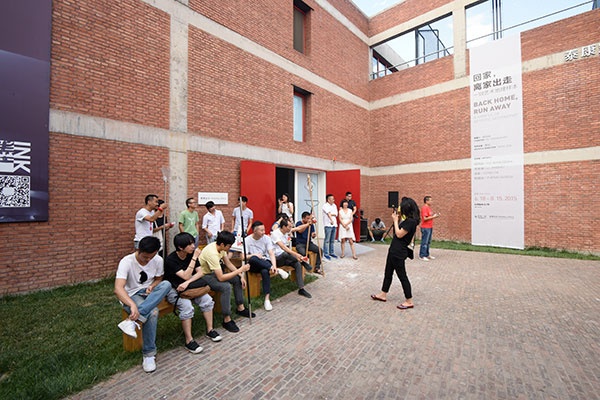 Song Ta's work - See This ?
Song Ta's work - See This ?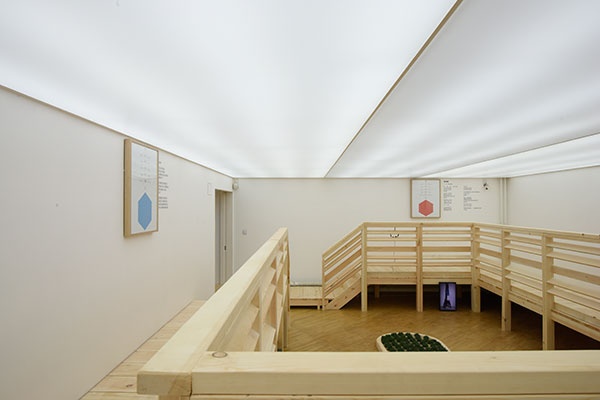 Installation View
Installation View Zheng Guogu's work- The instant reaction of audience is the art inself (details)
Zheng Guogu's work- The instant reaction of audience is the art inself (details)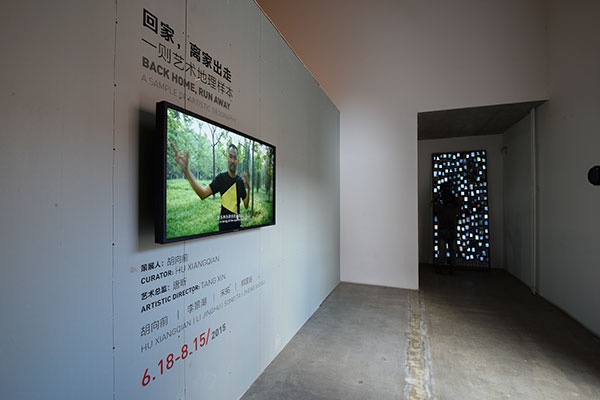 Installation View
Installation View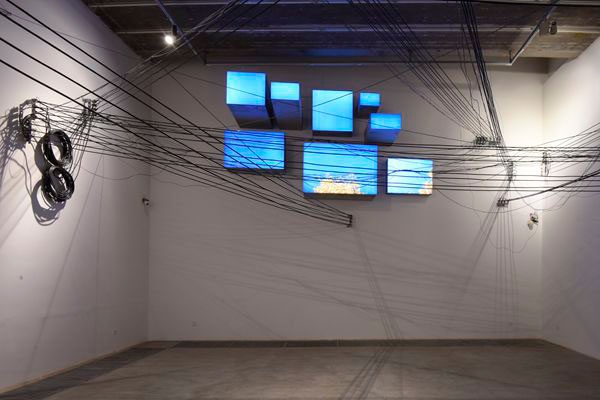 Installation View
Installation View Installation View
Installation View





